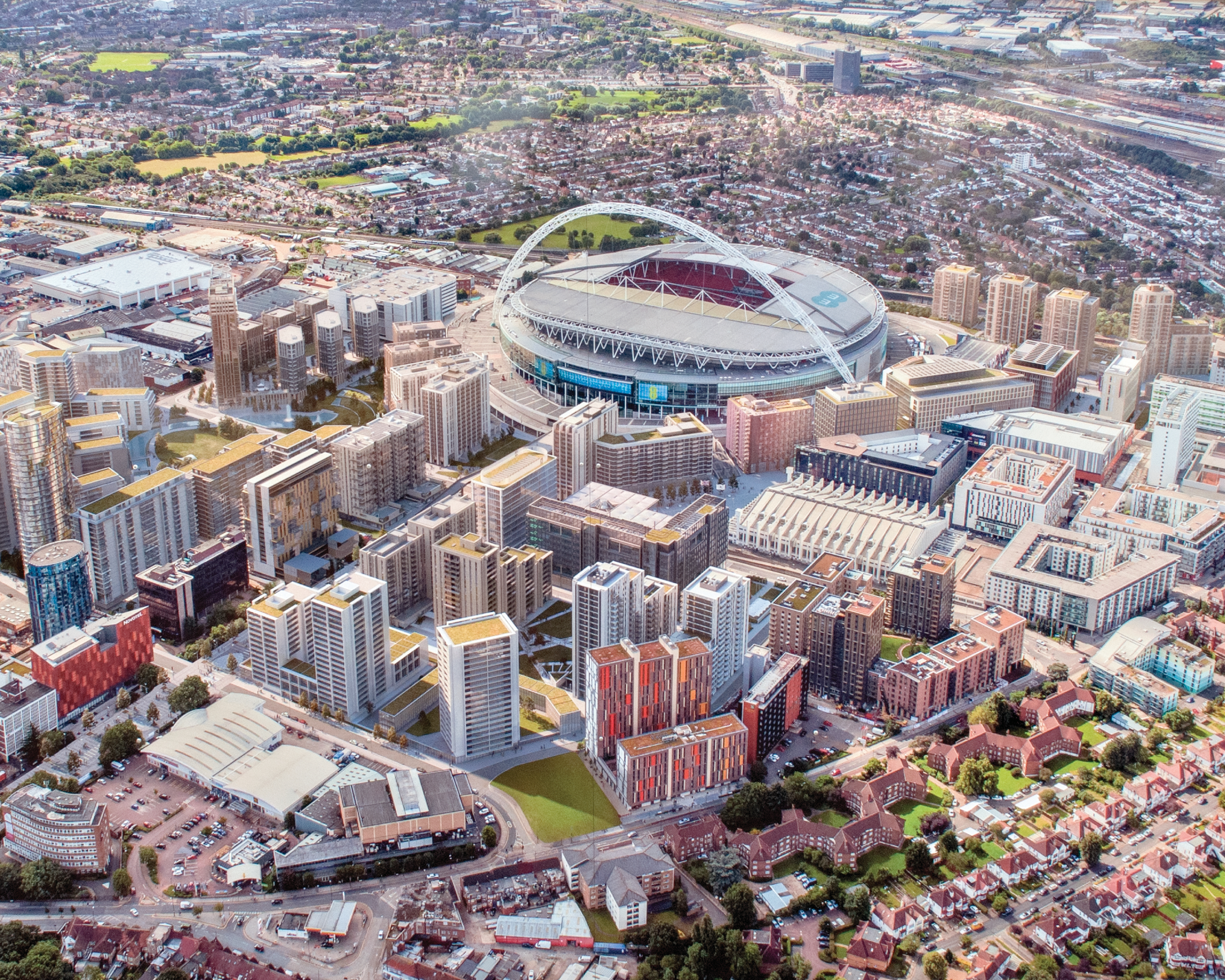
Impressions of Wembley Park: Photographic Representations in a Landscape of Corporatism
##plugins.themes.immersion.article.figure##

Abstract
Corporatisation eradicates the human places that rely on local infrastructures and direct connections made between people. This visual essay looks at a moment of transition happening in Wembley Park, in the suburbs of northwest London. A series of photographs captured between 2017-2018 records how a new residential neighbourhood for London takes shape. The photographic series, used as the backbone to an architectural thesis, challenges the corporate development built up of identikit zones and influenced by profit margins, risk assessments and quality indicators. Photography is used as an instrument for a critical reading of the territory that observes the area from multiple perspectives. The photographs drive the design proposal: predictive future scenarios were developed through photomontage and digital reconstructions. The proposal explores the possibility of an ‘Urban Carpet’ that transforms the central public space built as a series of ad hoc acts of construction over 90 years. A series of collages juxtapose the strict, corporate landscape with the nature of incidental and spontaneous encounters. The collages are a provocation, arguing for the necessity of disorder and complexity as a way to build up a sense of community in a nondescript zone.
References
- Brook, Peter. The Empty Space. London: Penguin, 2008.
- Dyckhoff, Tom. The Age of Spectacle: Adventures in Architecture and the 21st-Century City. London: Random House Books, 2017.
- Frank, Sybille, and Silke Steets. Stadium Worlds: Football, Space and the Built Environment. Milton Park, Abingdon, Oxon: Routledge, 2010.
- Judah, Ben. This is London: Life and Death in the World City. London: Picador, 2016.
- Moore, Rowan. Slow Burn City: London in the Twenty-First Century. London: Picador, 2017.
- Perec, Georges, and John Sturrock. Species of Spaces and Other Pieces. London: Penguin, 2008.
- Rasmussen, Steen Eiler. London: The Unique City. New York: Macmillan, 1937.
- Rushkoff, Douglas. Life Inc: How the World Became a Corporation and How to Take It Back. London: Vintage Digital, 2011. Sendra, Pablo, and Sennett, Richard. Designing Disorder: Experiments and Disruptions in the City. London: Verso Books, 2020.